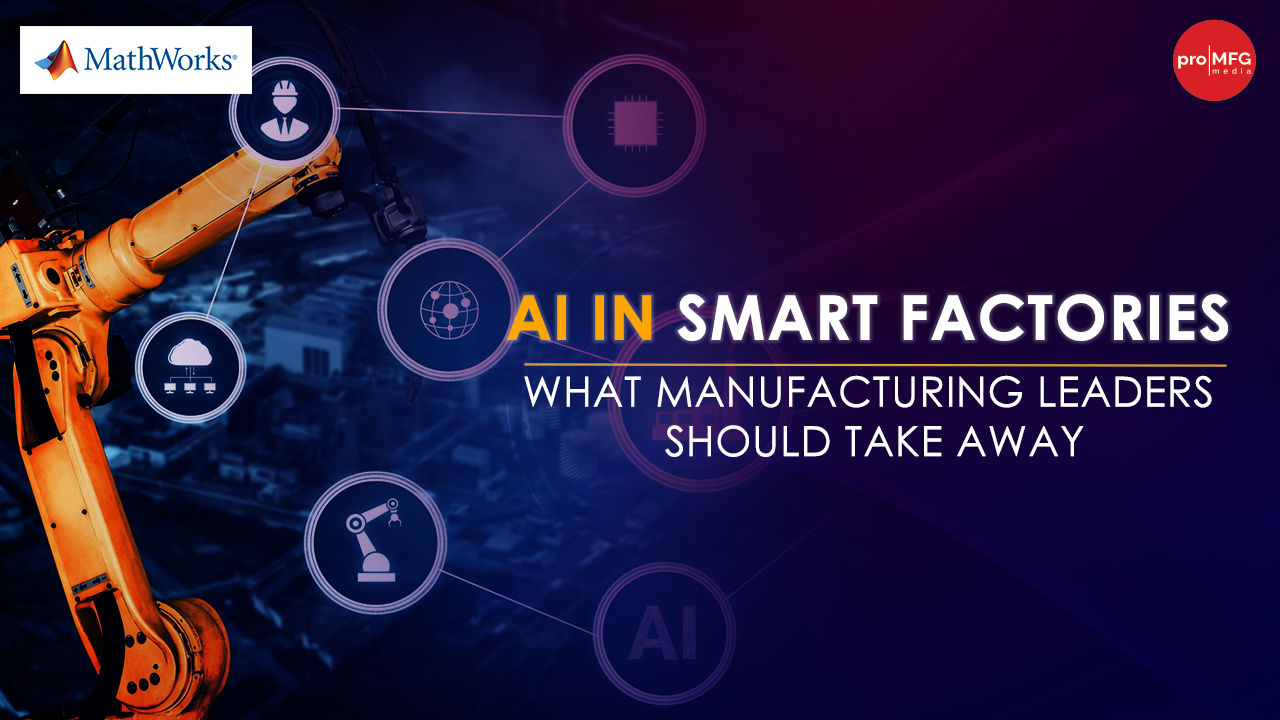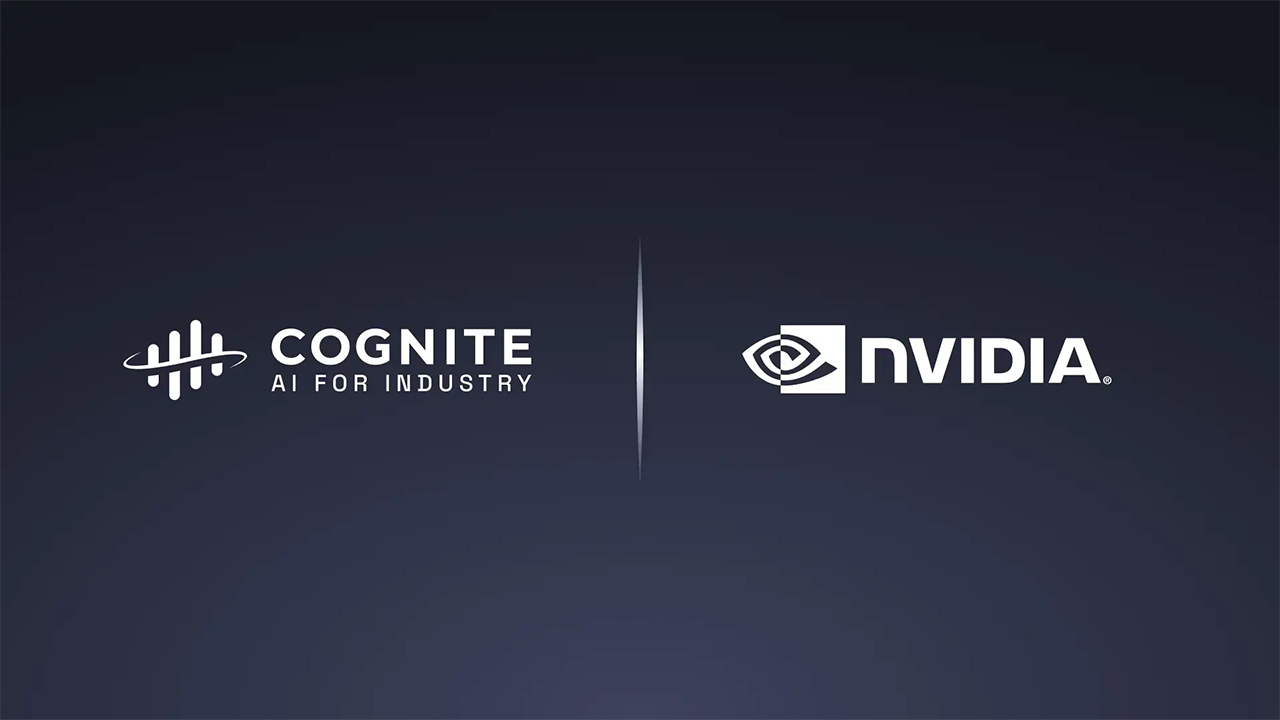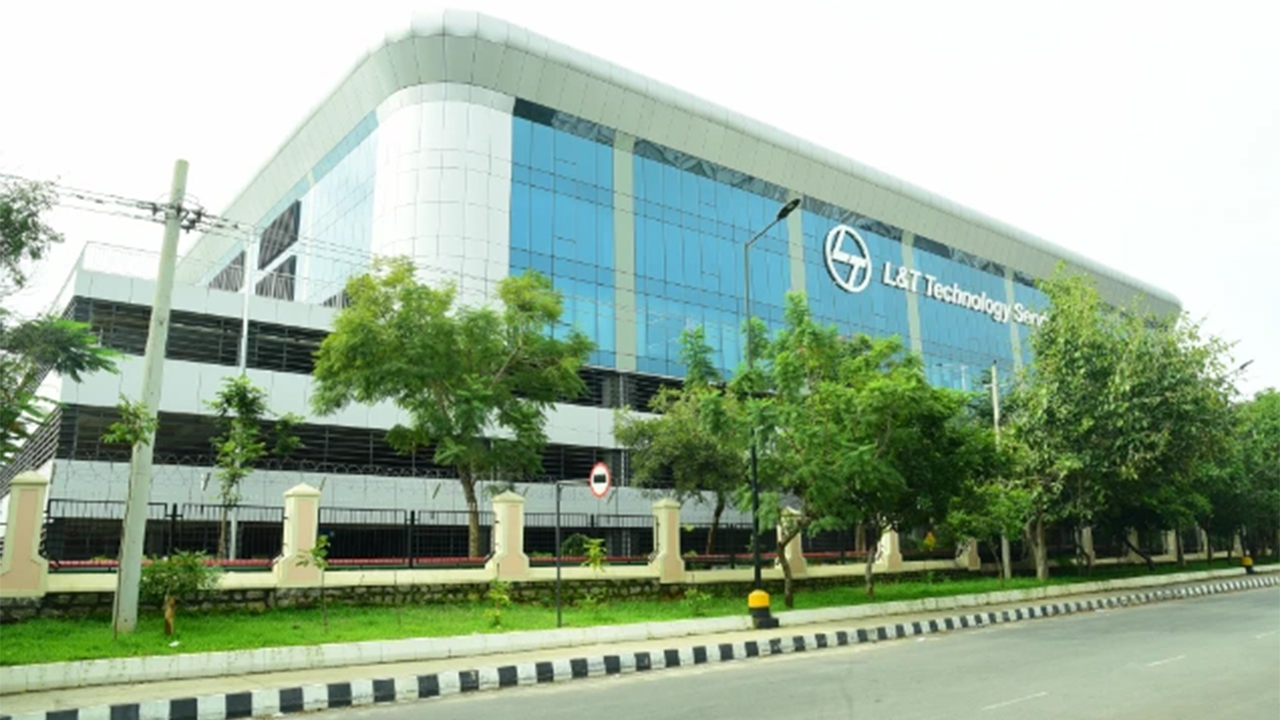Mr A N Chandramouli is a Mechanical Engineer by education from NIT, Tiruchirappalli and a Management Post-graduate from IIM Bengaluru. He carries over four decades of industrial experience with specialisation in Marketing, Manufacturing, Quality, Team building, Kaizen, Cost management.

Issues and solutions for survival, recovery, and post recovery after the pandemic
-
1. Social distancing and smart manufacturing
Adapting more ‘Smart Manufacturing’ processes reduces the dependency on human workers. Factories can reduce the size of a shift without downsizing the production. It also means guaranteeing the workers–whoare present–have a lower chance of exposure. Although businesseshave had a reason to embrace digital workflows in the past, the coronavirus has provided another powerful incentive to move towards‘Smart Manufacturing’ and ‘Smart 3D Printing’ processes.
-
2. Social Distancing: Robotics and Automation (Physical and Cyber Physical)
‘Robotics and Lights-out Manufacturing’ refers to a fully automated work environment. Whereas, people and machines work alongside one another in a smart factory, lights-out factories do not need a single person present on the premises. A fully functional factory floor, that needs no permanent human staff means, means uninterrupted production output.
-
3. Social Distancing and Robotic Process Automation
‘Robotic Process Automation’ (RPA) is a technology that is integrated with business processes, to automate certain activities, minimize human errors, and maximize productivity. One well-known German automaker recently implemented RPA and successfully automated 28 different tasks.Not only that, the automated activities can now be undertaken 24 hours a day and seven days a week.
Benefits of using RPA in the manufacturing industry- Optimizing time-centric and repetitive routine processes
- Increases go-to-market speed by maximizing productivity
- Reduces cost by minimizing human errors and increasing compliance
- Optimizing time-centric and repetitive routine processes
- Increases agility in operation Bill of Material Generation
-
4. Social distancing and Remote work, collaboration
Virtual work is not just for the office anymore; it is a new reality that will fundamentally change the work environment in manufacturing and help speed up a trend towards lights-out facilities. With social distancing measures in place, manufacturers may lose up to 50% of their on-site personnel. As manufacturers face his dilemma, we will see the rapid adoption of remote diagnostic, management, and collaboration tools. This will cause the emergence of a ‘virtual shift’. A team of specialists will be connected remotely and constantly online–to guide and support the reduced ‘physical shift’ of onsite personnel. Enabled by real-time data, AI-based insights and a range of communication and collaboration tools, the ‘virtual shift’ will help digitize and scale up the much-needed expertise across the organization, and enable the onsite workforce to become more focused, effective, and significantly more productive.
-
5. Digital transformation: Decoupling of supply chains
Supply chains are experiencing an unprecedented level of shock, especially for the manufacturers that rely on long and inflexiblesupply chains from a limited set of suppliers; in the short-term,manufacturers are looking for ways to quickly ensure continuityand introduce flexibility. Greater visibility and coordination acrosthe supply chain will enable better collaboration with a wider baseof supplies, ultimately driving decoupled, highly efficient, andmore resilient supply chains. Digital tools such as ‘Block Chain’ andprocesses that help manage supply chain risk, accuracy and flexibilitywill ramp up across the industry, leading to faster digitization ofsupply chains.
-
6. Visibility is the major weakness–the need for digitalization
It is clear from events unfolding before us that one of the major weaknesses is a lack of real-time visibility across the business. Visibility is essential to support critical business decisions. Most ERP system architectures currently consist of a heterogeneous mix of applications and data silos. This architecture results in latency of information, and a lack of a single real-time view of the business status. Many questions are now being asked during and after the lockdowns.
- What is the demand for products and where can we manufacture them?
- What are our current raw material, WIP and finished goods inventory levels?
- What is our manufacturing capacity, both in terms of human resources and asset availability?
- What is our spare parts inventory and where are they?
- Where our raw material shipments are, and what alternatives do we have?
- How is our finished goods distribution network operating?
Data visibility and traceability are merely speeding up Industry 4.0 adoption, leading companies across the industries into a more mature state of IoT technology and workflow.
Much of the Industry 4.0 involves using improved data collection and analysis (made possible by IoT devices) to streamline workflow and manufacturing processes.
Following the Great Recession in 2009, the resilient companies also invested in software technologies that gave them greater predictability and efficiency, resulting in a significant competitive edge. In the past decade, advances in AI and IoT technologies have enabled tremendous efficiencies in predictability, capacity, availability, and flexibility of supply chain and manufacturing operations. For manufacturing, greater connectivity will mean significantly accelerated deployment of Industrial IoT, including sensing, data visualisation, remote collaboration tools, and AI-based insights across their operations.
-
7. Potential applications of Industry 4.0 applications for recovery–a summary
- 1. Real-time visibility into the availability of raw materials, finished goods, WIP, people and assets
- 2. Use of artificial intelligence (AI) and machine learning (ML) to constantly re-assess and replan activities
- 3. Robotic processes automation (RPA) to support non-value-add labour intensive, mundane, and repetitive activities
- 4. The use of mobile technology and augmented reality (AR) to enable workers to perform tasks they were not trained for more easily.
- 5. The same technologies together with ‘digital twins’ and remote support from OEMs would improve availability of assets (uptime)
- 6. The same technologies could also have enabled more remote and virtual working to help with lockdown and social distancing
- 7. 3D printing of spare parts, close to the location required, that were stuck in the supply chain
- 8. Use of AGVs and drones will again reduce the reliance on conventional logistics and power, and further assist with social distancing.
-
Conclusions: The role of Industry 4.0 - Way forward
Up to 2019, many of these technologies and solutions were seen as a ‘nice to have’. Many were waiting to enter the mainstream adaption. Industry 4.0 has a different role from 2020 onwards:
- 1. Assist that more companies survive, as seen already
- 2. Shorten the recovery phase and help return businesses to normal operations as soon as possible
- 3. Provide the platform to develop new, more resilient businesses in the medium to long-term post-recovery phase
Rather than retreating away from them, I believe we should think about how we can use these technologies now and in the future.

NEWSLETTER
TRENDING ON PRO MFG
MORE FROM THE SECTION








